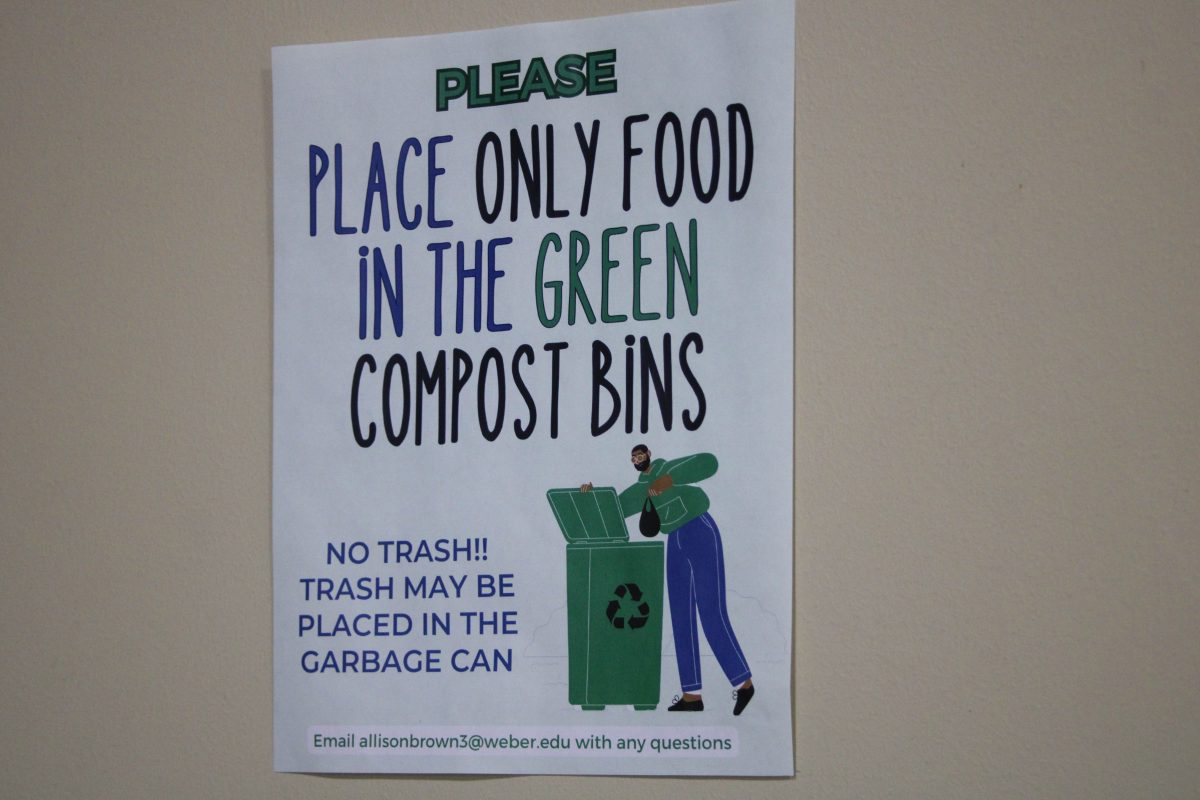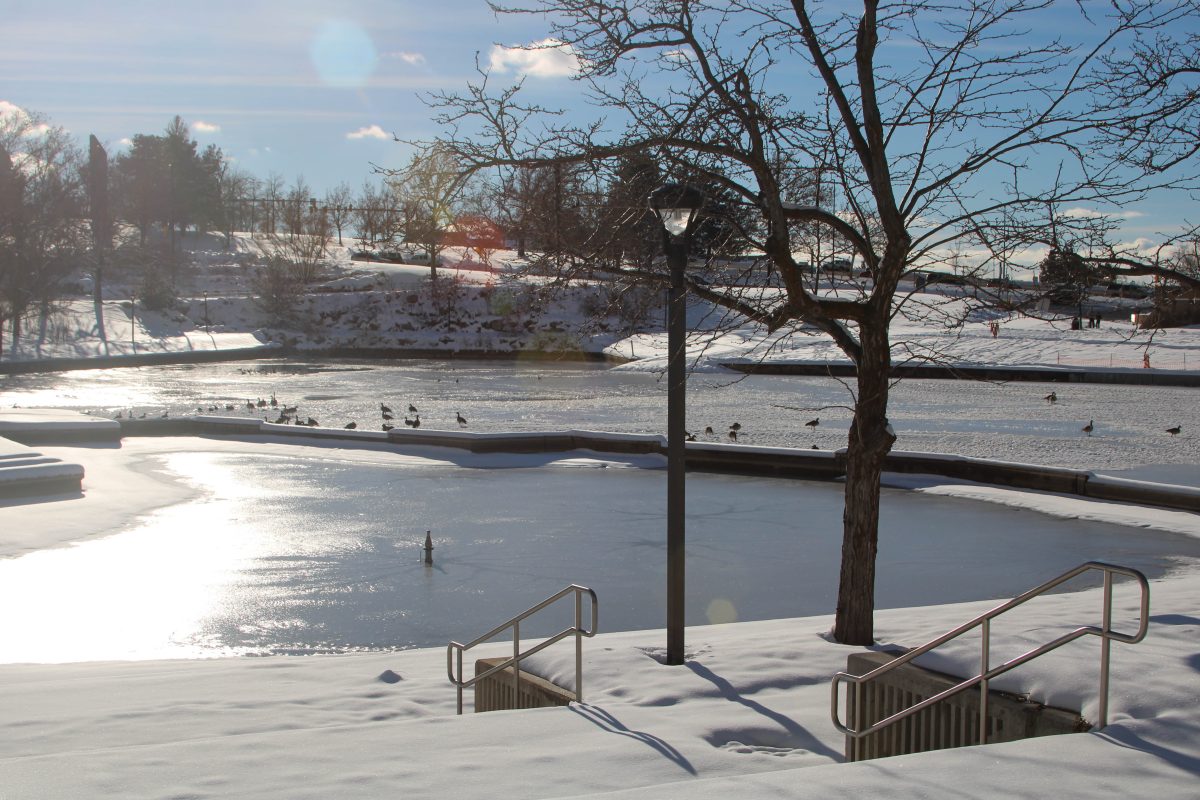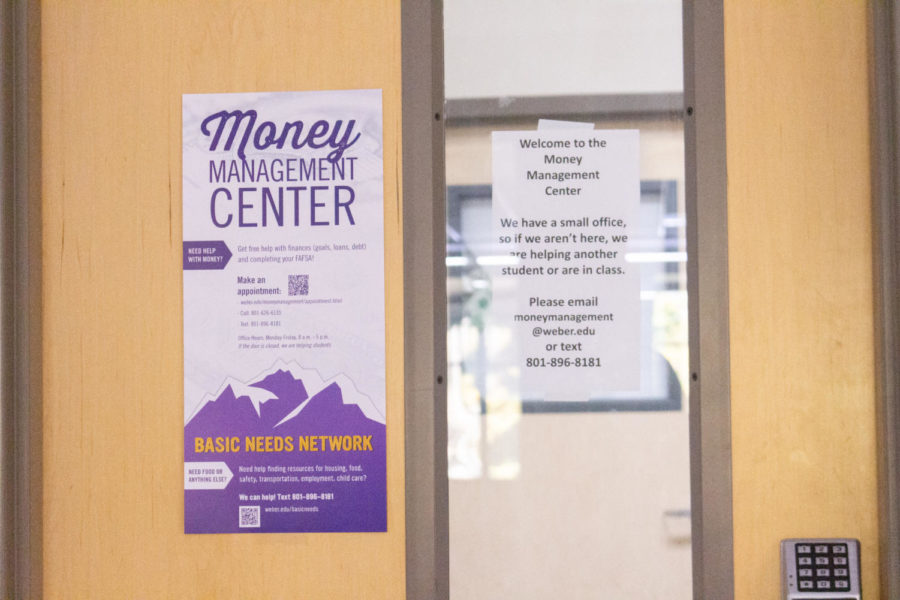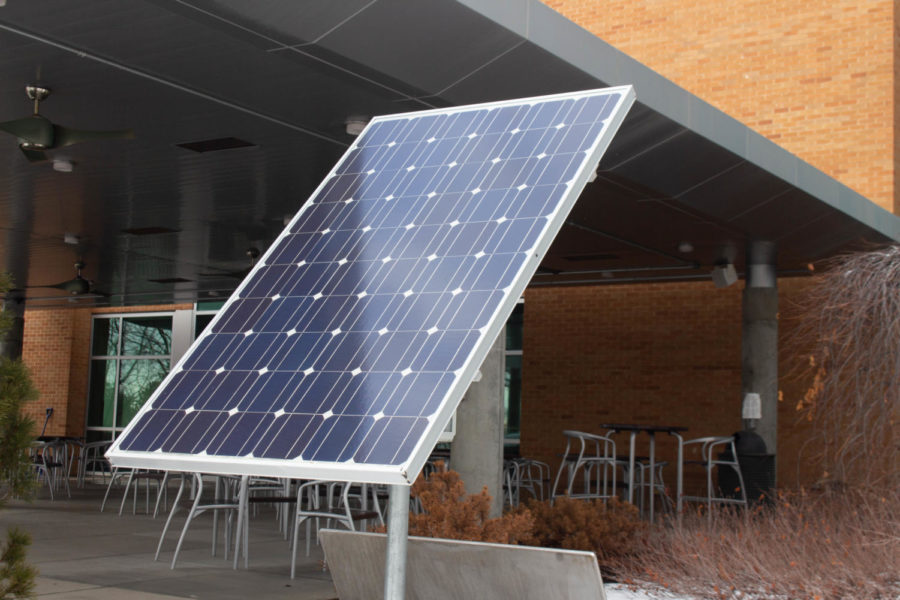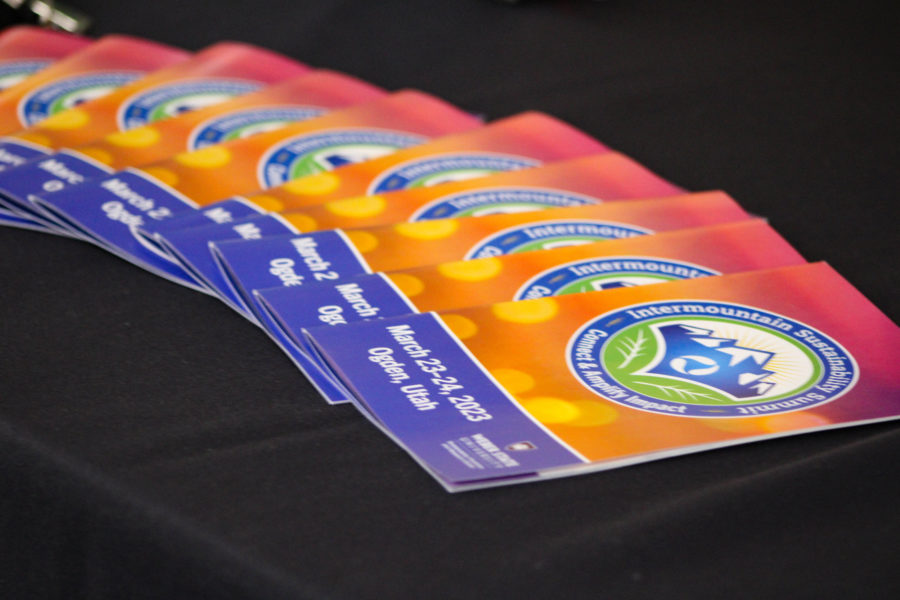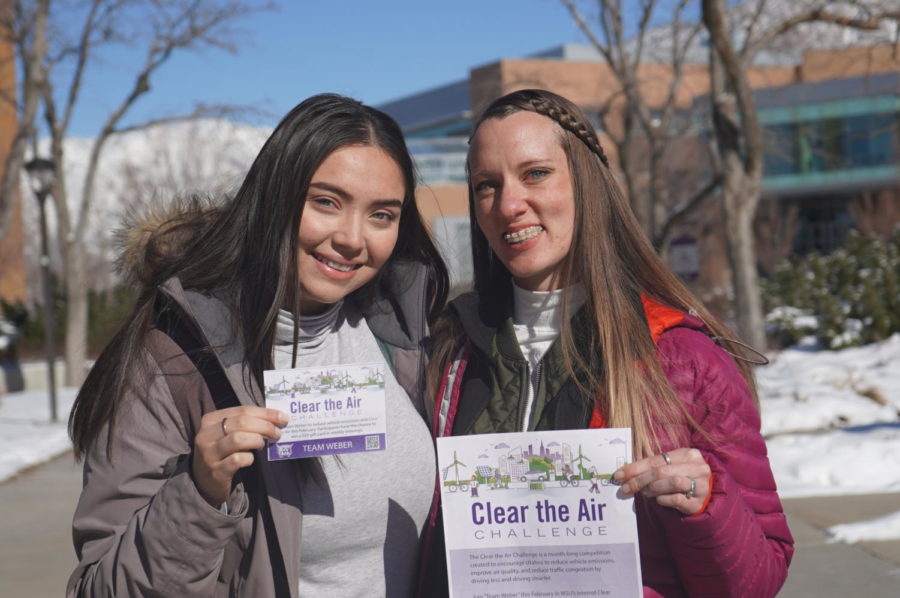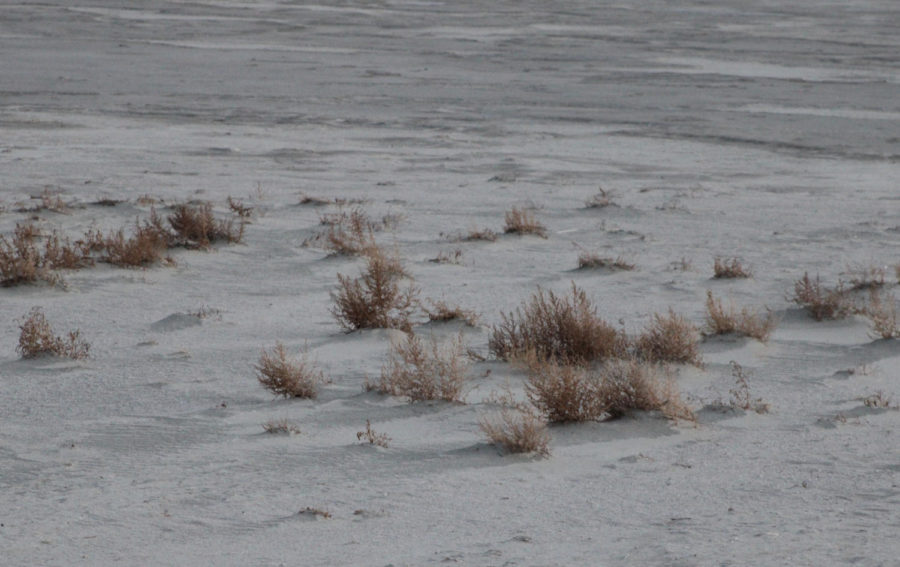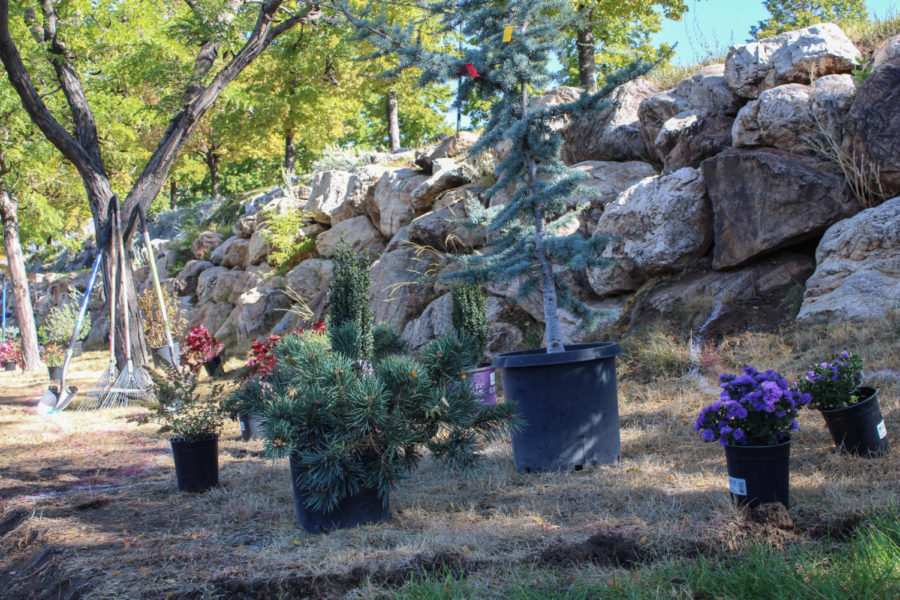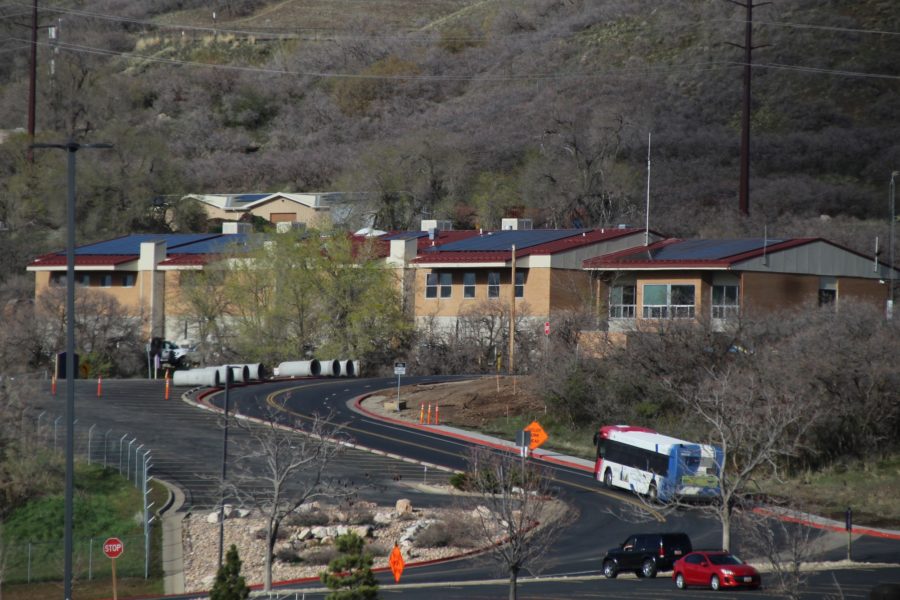WSU currently has a Climate Action Plan in place that addresses mostly energy consumption and conservation, but it doesn’t include water, trash, transportation and other materials consumed on campus. The school is a water-efficient campus, but has only recently started making plans to conserve water.
“We are in the process of updating that plan with more sustainability goals,” said Jennifer Bodine, WSU sustainability specialist. “One of those things is setting goals in reducing water consumption.”
The projected sustainability plan will set a goal to determine how much water WSU wants to conserve and set a deadline to achieve that goal.
“We haven’t determined what that goal is going to be or how,” Bodine said. “That is the process we are in right now.”
The WSU Environmental Club president, Leroy Christensen, said he is concerned about the lack of efforts WSU is making to conserve water thus far.
“Utah is the second-driest state in the nation,” Christensen said. “If we are the second-driest, we should be No. 1 in water conservation.”
Converting landscapes so they consume less water and so those landscapes strictly use secondary water, or non-drinkable water, to irrigate will be addressed in the new water conservation plan as well.
WSU has several expansive grass and lawn areas that are not frequently used around campus. According to Bodine, these areas consume excessive amounts of water. An example of these non-functional turf areas is between the Swenson Gym and the Val. A Browning Center, as well as in between the Student Services Building and the Miller Administration Building.
“We don’t want to get rid of all of it because students like to lounge and enjoy it,” Christensen said, “but the big expanses that nobody uses could be landscaped so we wouldn’t have to water them as much.”
These areas all have the potential of being converted to low-water and natural vegetation plants. According to Bodine, the conversion would save millions of gallons of water.
“Nothing has been done on changing those areas yet,” Bodine said.
WSU has roughly 100 acres of landscapes currently being irrigated by 60 million gallons of secondary water a year. The use of secondary water saves a lot of money for the university. Only 10 percent of its total outdoor water usages are culinary or drinking water. WSU is currently looking for ways to convert those areas into secondary-only water.
“Some of the areas that use culinary water have already been converted to natural vegetation, so they use less of that expensive water,” Bodine said.
Even though a master water conservation plan is still in the works, WSU has been doing several other things to be water-efficient.
In 2010, WSU installed the Rain Master Irrigation system. It tracks the humidity in the atmosphere and the soil and uses those measurements to determine if and when it is necessary to water.
“The weather station allows us to seasonally adjust the irrigation computer programs based on environmental cues that adjust the amount of secondary water we send out,” said Brian Hadley, WSU landscape manager.
The RMI system circulates water from the pond on the west side of campus back into the irrigation system for watering. It recycles the used irrigation water and storm water.
“When the system is running at optimal levels, we do recycle the pond water back into our system as often as possible,” Hadley said.
According to Bodine, WSU’s pond has three main purposes. The first is to catch all the storm water from campus, as well as several surrounding neighborhoods. The second is to use that water and pump it back into WSU’s irrigation system. The third is purely aesthetic.
WSU is working on becoming a more sustainable campus, but everyone has to think of logistics, Bodine said.
“We need to work with the experts to find out if our goals concerning water and other things are actually sustainable,” Bodine said. “We have to think how expensive changes are going to be, what reductions we want to make and how we are going to make those reductions.”



